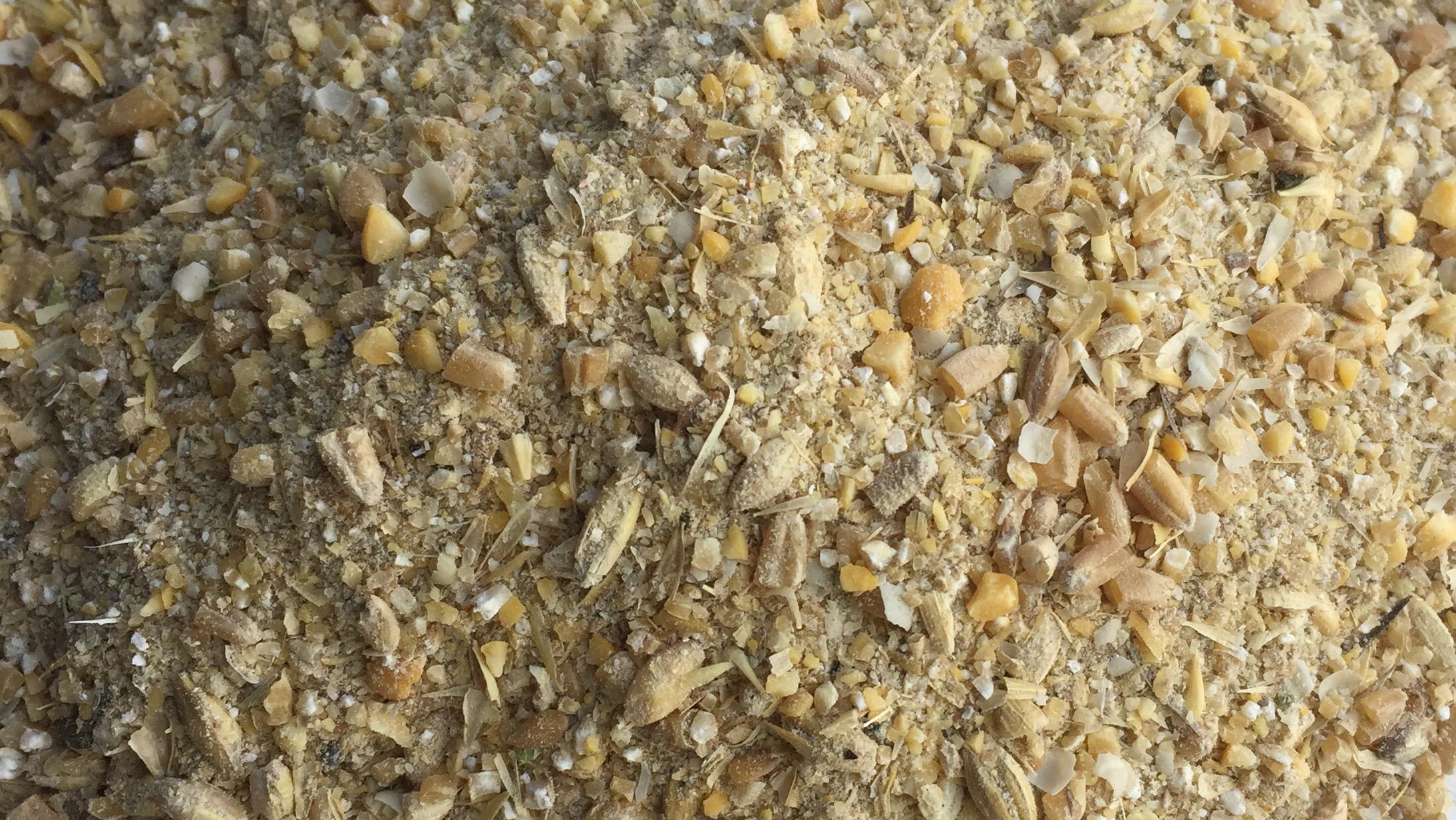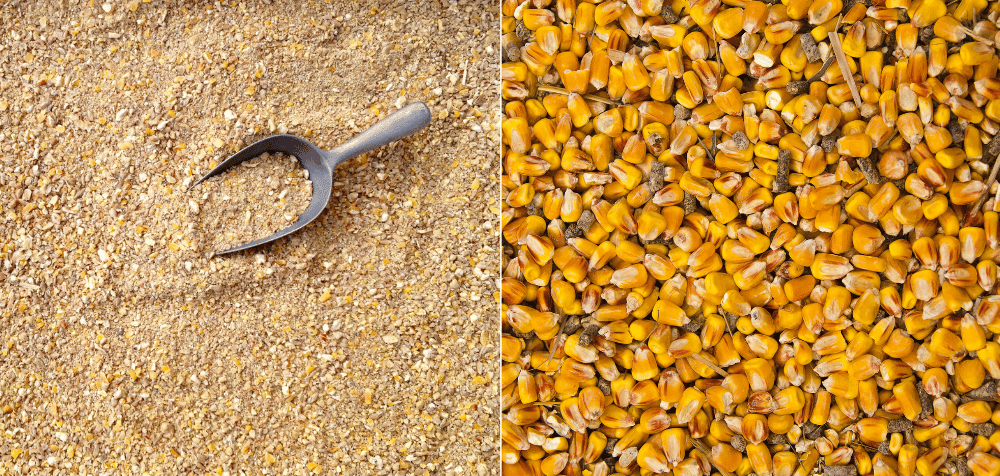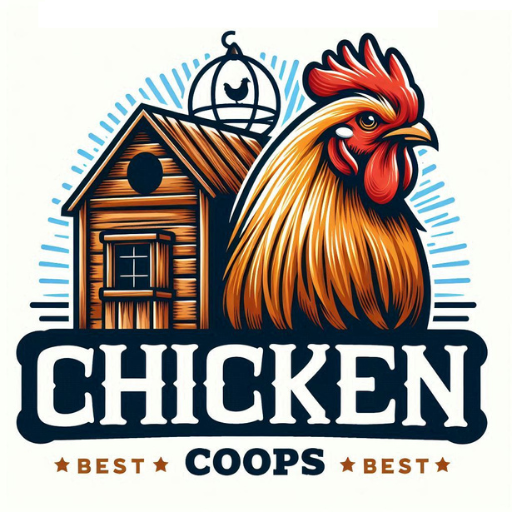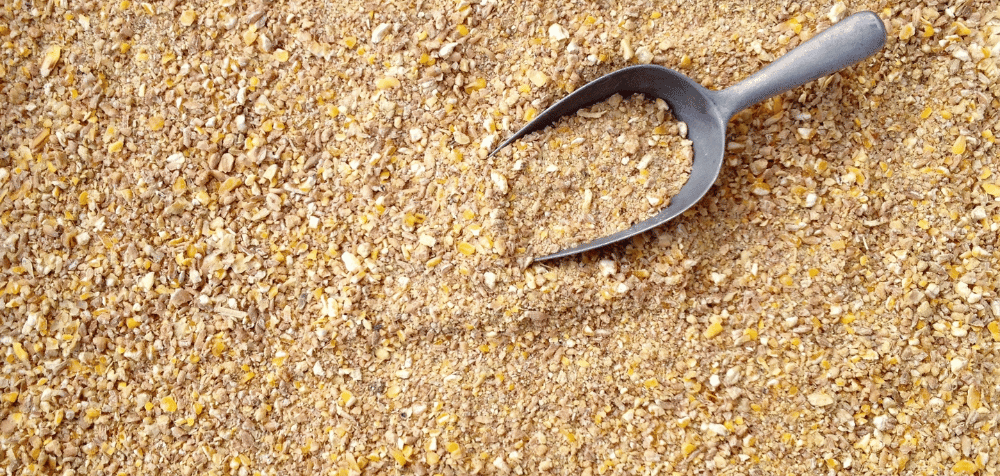If you’re raising chickens, you’ve probably heard about the importance of providing them with proper nutrition. One of the key elements of a healthy diet for laying hens is laying mash. But what is laying mash, and why is it essential for your chickens?
In this article, I will explain everything you need to know about laying mash, how it benefits your hens, and how to incorporate it into their diet.
What Is Laying Mash?

Laying mash is a specially formulated feed designed specifically for laying hens. It’s a mixture of grains, proteins, vitamins, and minerals that provides all the essential nutrients hens need to produce strong, healthy eggs.
Laying mash is typically finely ground, making it easy for chickens to eat and digest, especially if they have trouble eating larger grains.
The primary focus of laying mash is to support egg production. It’s rich in calcium and other nutrients that promote healthy eggshells, good egg quality, and consistent laying. Essentially, laying mash is like the superfood for your hens, helping them maintain peak health and productivity.
Ingredients Typically Found in Laying Mash:
- Grains: Wheat, corn, barley, and oats.
- Protein sources: Soybean meal, fish meal, or sunflower meal.
- Calcium: Often from ground limestone or oyster shells.
- Vitamins and minerals: Vitamin D (important for calcium absorption), phosphorus, and trace minerals like zinc and manganese.
By understanding what is laying mash and how it works, you can better appreciate its role in ensuring your chickens are well-fed and able to produce high-quality eggs.
What Is Laying Mash For?
If you’re wondering, “Do my chickens really need laying mash?” the short answer is yes—especially if you have hens that are actively laying eggs.
A well-balanced laying mash ensures that hens get the right amount of protein, energy, and calcium, which are crucial for their health and egg production.
Here’s How Laying Mash Benefits Your Chickens:
- Boosts Egg Production: Laying mash is formulated to promote consistent egg-laying in hens. The proteins and energy-packed grains help hens produce eggs regularly without compromising their health.
- Improves Eggshell Quality: Calcium is a vital part of laying mash. Without enough calcium, hens can lay eggs with thin or brittle shells, making them more prone to breakage. Laying mash ensures that hens have enough calcium to produce strong, sturdy eggshells.
- Supports Overall Health: Laying hens need more than just basic grains. The extra vitamins and minerals in laying mash keep their immune system strong, support feather health, and provide energy for active, healthy chickens.
- Reduces the Need for Supplements: If you provide a balanced laying mash, you often don’t need to worry about adding extra supplements like oyster shells or grit. It simplifies feeding and ensures your chickens are getting everything they need in one product.
When Should You Start Feeding Laying Mash?

Now that you know what laying mash is and its benefits, you might be wondering when to start offering it to your hens.
Typically, you should begin feeding laying mash to your chickens around 18 to 20 weeks of age, which is when they start reaching maturity and laying eggs.
Younger chicks don’t need the higher calcium levels found in laying mash, so it’s better to keep them on a starter feed or grower feed until they’re ready to lay.
Once your hens start laying, make laying mash a staple in their diet. It’s essential for maintaining their health and supporting regular egg production throughout their laying years.
How Much Laying Mash Do They Need?
Each chicken typically eats about a quarter pound of feed per day, but this can vary depending on the breed, size, and activity level of your hens.
It’s best to offer them as much as they want throughout the day, using a feeder that allows for free access to laying mash.
How to Feed Laying Mash to Your Chickens
Feeding laying mash to your chickens is relatively straightforward, but there are a few tips to ensure they get the most out of it.
- Use a Feeder: Invest in a quality feeder that allows chickens to access their feed throughout the day. Chickens tend to eat frequently, so a feeder ensures they always have food available.
- Mix in Other Ingredients (Optional): While laying mash is a complete feed, some chicken owners like to add treats or additional ingredients like grains or vegetables for variety. Just make sure these extras don’t make up more than 10% of their diet so that they still get the nutrients from the laying mash.
- Ensure Fresh Water: Chickens always need access to clean, fresh water. Egg production can be severely impacted if your hens aren’t getting enough water, so always have a water source available near their feed.
- Monitor Consumption: Keep an eye on how much laying mash your chickens are eating. If they’re not finishing their feed or if egg production drops, it could indicate that something is off with their diet or health.
Laying Mash vs. Other Chicken Feeds

If you’re new to raising chickens, you might be wondering how laying mash compares to other types of chicken feed. Here’s a quick breakdown of the different options:
- Starter Feed: Designed for chicks, starter feed is high in protein to support growth and development. It typically has lower calcium levels because young chickens don’t need as much calcium as laying hens.
- Grower Feed: Used for chickens that are not yet laying but are no longer chicks, grower feed bridges the gap between starter feed and laying mash. It provides balanced nutrients but, again, doesn’t have the higher calcium content necessary for egg production.
- Layer Pellets: Similar to laying mash, but in pellet form. Some chicken owners prefer pellets because they’re less messy and easier to handle, but laying mash is often favored for older chickens or those with difficulty eating pellets.
By choosing laying mash, you’re ensuring that your hens get a feed that’s formulated for their specific needs as egg layers.
Common Questions About Laying Mash
Can Laying Mash Affect Egg Taste?
Many chicken keepers worry that what they feed their chickens will impact the taste of their eggs. Fortunately, laying mash is designed not to affect egg flavor. The balanced nutrition can even result in better-tasting eggs by keeping your hens in top health.
Is Laying Mash Suitable for Roosters?
Since roosters don’t lay eggs, they don’t need the extra calcium found in laying mash. Excess calcium can be harmful to them, so it’s better to provide roosters with a different type of feed that meets their nutritional needs.
Can You Mix Laying Mash with Other Feeds?
Yes, you can mix laying mash with scratch grains, cracked corn, or other treats, but remember that laying mash should be the primary component of their diet to ensure they’re getting the proper nutrients for egg production.
Conclusion
What is laying mash? You should now have a good understanding of what laying mash is, and why it is important for your chickens.
With its high calcium content and balanced nutrients, laying mash helps support healthy egg production, strong eggshells, and overall hen health.
By feeding your chickens a proper diet that includes laying mash, you’re ensuring they stay happy, healthy, and productive.

